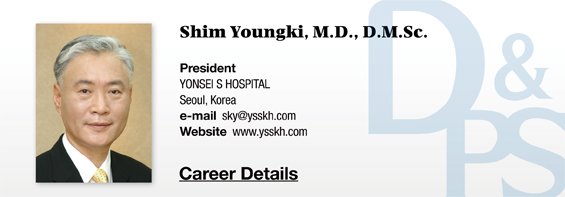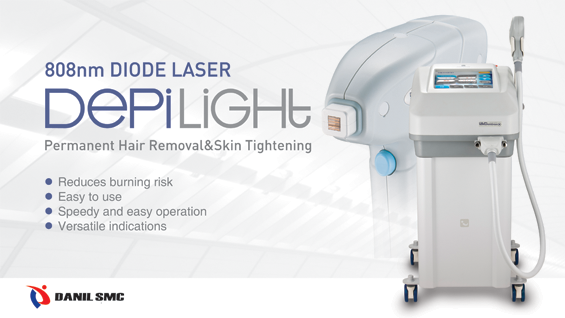▶ Previous Artlcle : #4-1. Etiology and Incidence of Varicose Veins
Occupational factors
The occupational factors that contribute to the development of varicose veins are as follows.
Office workers who sit at a desk over long periods of time; Steel mill workers or other occupations that require long-term, repeated exposure to high temperatures; A teacher, pharmacist, hair dresser, salesperson, waiter/waitress, etc. who have to stand for extensive periods of time; and athletes of high-intensity muscle activity, etc.
[Advertisement] DEPILIGHT(808 Diode laser for Hair Removal) – Manufacturer: DANIL SMC(www.danilsmc.com)
Age
Venous functions weaken with age, making valve damage more likely. According to statistics in the US, the incidence of varicose veins increases with age. Incidences in women are reported to be 8% in 20s, 41% in 50s and 72% in 70s. In men, they are slightly lower at 1% in 30s, 24% in 40s, and 43% in 70s. As seen in these statistics, the incidence of varicose veins drastically increases with age.
Primary/secondary vein wall weakness or valvular incompetence
Another factor is presence of hereditary vein wall weakness or valvular incompetence. The penetrating veins in the lower limbs are closely related to the development varicose veins. If venous insufficiency exists in penetrating veins, intramuscular pressure is directly delivered to veins, causing varicose veins or corona phlebectasia of the foot.
Increased pressure in deep veins
As in deep vein thrombosis, when the deep venous pressure is high, blood has to return to the heart through superficial veins. Varicose veins could develop when most of the venous blood volume deviates to superficial veins.
Obesity, diet, race and other factors
An obese person is thought to be at higher risk of varicose veins than people of normal weight. Also, a low-fiber diet is suspected to be associated with higher risk of varicose veins than high-fiber diet. Caucasians are at higher risk than Asians.
Frequency of venous disease
Data on frequency of venous diseases tends to vary depending on the report. Generally, chronic venous diseases are reported to occur in about 10-20% of the entire population. The ratio of women to men in terms of incidence is 1:2-4, with women having 2-4 times higher incidence of varicose veins than men. This may be due to the fact that women are more interested in physical beauty and exposed to drastic hormonal changes such as pregnancy and child birth.
As mentioned above, venous diseases become more prevalent with age. Varicose veins is reported to occur in about 60-70% of Caucasian population, which is a much higher number compared to the incidence in Koreans. However, accurate statistics of the entire population are yet to be reported. Looking at the incidence of varicose veins by age among the patients who visit my practice, one 18-year-old patient presented with varicose veins. His patients who had surgical treatment of varicose veins found out that it can be hereditary and sent their children in for a screening which led to early diagnosis of the condition. The number of patients gradually increases from mid 20s to 30-50s of age, with the highest peak at 40s.
As these numbers are based on the patients visiting my practice, it can differ from the actual incidence. A large amount of literature discusses a rising risk of venous diseases with age as aging weakens the vein wall. Therefore, diagnosis of varicose veins should be immediately followed by treatment.
As for the sex distribution among patients visiting my practice, men are outnumbered by women by about three times. In most cases, the disease duration of varicose veins was 10-30 years. These numbers differ from a study conducted by the other Korean medical institution. Among 100 patients, the incidence of varicose veins was 32% in patients in their 30s, 22% in 40s, and 17% in 20s. The ratio of men to women was 1.3:1, with more men suffering from the condition. This medical institution mainly performed surgical treatment of varicose veins involving hospitalization and the discrepancy in the results may be due to inclusion of only surgery patients.
-To be continued-





















